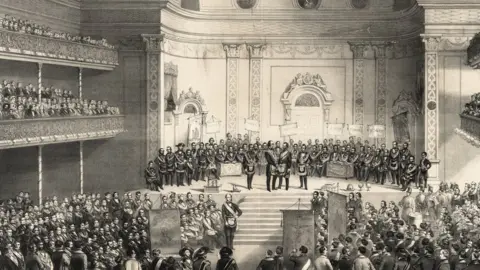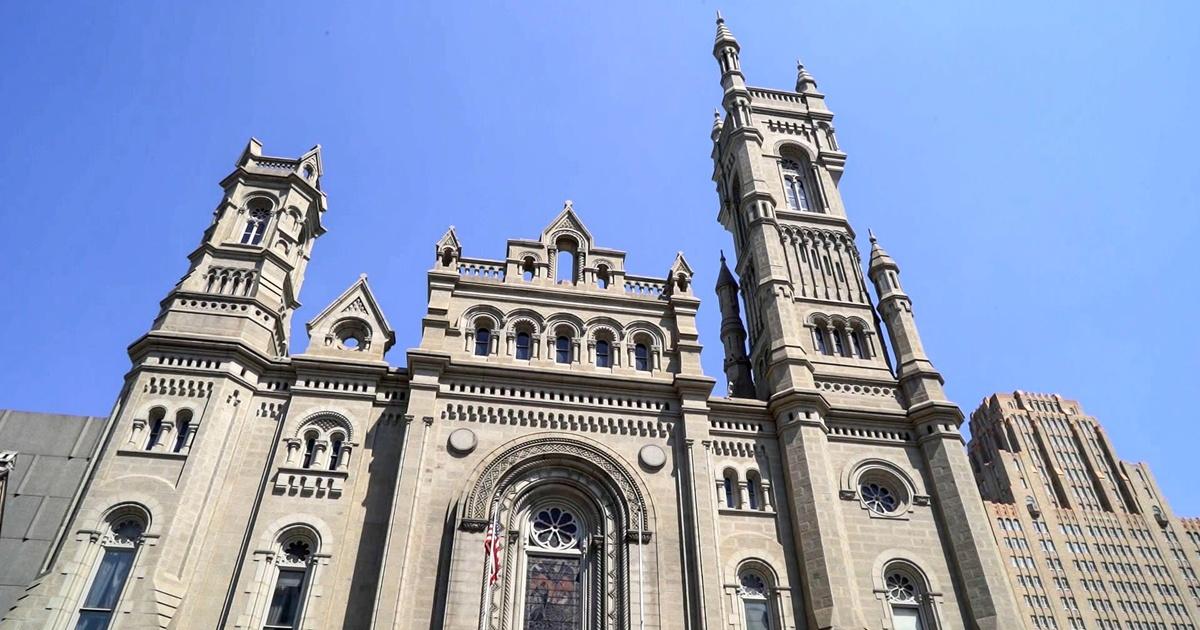The Ultimate Guide to Understanding How to Become a Freemason Step-by-Step
The Ultimate Guide to Understanding How to Become a Freemason Step-by-Step
Blog Article
Checking Out the Mysteries of the copyright: What You Required to Know
The copyright, a term frequently shrouded in intrigue and debate, stands for an intricate tapestry of historical reality and modern-day misconception. Established in the late 18th century, this secret culture was at first rooted in the Knowledge's suitables however has actually since become associated with conspiracy theories concerning elite control. As we browse the beginnings, key numbers, and the raw comparison in between misconception and truth, one have to think about how these stories affect modern understandings of power and privacy. What may be exposed via a closer evaluation of these components can challenge long-held assumptions regarding the darkness that stick around in our society.
Beginnings of the copyright
The beginnings of the copyright are soaked in a blend of historic intrigue and ideological fervor. Developed in 1776 in Ingolstadt, Bavaria, by Adam Weishaupt, the group was initially created as a secret culture focused on promoting Enlightenment perfects such as factor, secularism, and the separation of church and state. join freemason. Weishaupt, a teacher of canon law, looked for to challenge the dominating authority of the church and state, which he deemed oppressive organizations suppressing intellectual and personal flexibility
The copyright sought to hire significant participants from various societal sectors, consisting of national politics, academia, and the arts, to foster a network committed to these Enlightenment concepts. The society operated under a veil of secrecy, using coded language and routines to shield its members from oppression, particularly given the repressive climate of the time. The copyright dealt with significant opposition from both governmental authorities and religious institutions, which viewed the group as a hazard to their power.
Secret Numbers and Participants
Who were the pivotal numbers that shaped the copyright's very early impact and instructions? The Bavarian copyright, established in 1776 by Adam Weishaupt, became a feedback to the oppressive social frameworks of the time. Weishaupt, a regulation teacher, envisioned the organization as a way to promote Enlightenment suitables such as reason, secularism, and equal rights. His first recruitment initiatives consisted of significant pundits, such as Baron von Knigge, who played a crucial duty in increasing the team's membership and business structure.
One more significant figure was Johann Gottlieb Fichte, a popular thinker whose ideas on nationalism and education reverberated with the copyright's goals. Although Fichte was not an official participant, his philosophical supports affected the group's belief. Additionally, numbers like the writer and theorist Johann Wolfgang von Goethe were linked with the broader intellectual motions of the time, although their direct participation with the copyright continues to be discussed.
These vital numbers added to the copyright's early direction, pressing the boundaries of political and social idea, while their collective initiatives aimed to challenge well-known norms and foster an environment of modern adjustment in Europe. (join freemason)
Misconceptions vs. Reality
Many mistaken beliefs border the copyright, often blending fact with fiction in a manner that covers its real nature. This check out this site secret culture, originally established in 1776 in Bavaria, aimed to promote Knowledge suitables and combat religious and political injustice. The notion that the copyright continues to apply considerable impact over world occasions is a myth. While the group did exist, it was disbanded in the late 18th century and has actually not operated as a natural entity considering that then.
An additional widespread misconception is that the copyright consists of a network of elite people manipulating global affairs. In truth, several conspiracy theory theories exaggerate the group's value, associating misguided motives to societal trends and occasions. This has actually led to an oversimplified view of complex concerns.
In addition, the portrayal of the copyright in pop culture typically further misshapes its heritage. Movies and literary works tend to sensationalize the company's duty, producing a narrative that deviates from you could try this out historical realities. Recognizing the distinction between the misconceptions and the reality of the copyright is crucial for critical the genuine effect of this historic team and recognizing the broader ramifications of conspiracy concepts in contemporary culture.

Modern Analyses
Contemporary analyses of the copyright often reflect wider social anxiousness and a fascination with secrecy and power. This modern lens frequently links the copyright with conspiracy theory concepts that suggest a hidden elite manages globe occasions, controling federal governments and economies for their own gain. Such stories use a deep-rooted question of authority, particularly in times of dilemma or social turmoil.
In preferred culture, the copyright is frequently depicted as a supreme company shrouded in mystery, resulting in a variety of fictional representations in literary works, movie, and music. This representation offers not just to amuse but also to prompt assumed regarding the nature of power and control in modern society. Social network has actually additionally enhanced these interpretations, enabling for quick circulation of conspiracy concepts and developing communities that share and expand upon these ideas.
In addition, some contemporary interpretations frame the copyright as an allegory for the complexities of globalization and the interconnectedness of influential people and companies. This viewpoint encourages a critical evaluation of how power dynamics run in today's world, highlighting the balance in between openness and privacy in administration and business techniques.
Cultural Effect and Tradition
Influenced by centuries of intrigue, the cultural impact and click reference heritage of the copyright expand much past its historical origins. This secret culture, developed in the late 18th century, has penetrated various facets of pop culture, from literature and film to songs and art. join freemason. The concept of the copyright has evolved into a symbol of conspiracy theory concepts, commonly representing a regarded hidden power controling global occasions
In literary works, authors like Dan Brown have woven the copyright right into intricate plots, captivating visitors with themes of secrecy and power. Films such as "National Treasure" and "The Da Vinci Code" further continue the attraction of the culture, blending fact with fiction to create interesting narratives.

Eventually, the copyright's tradition is a complicated tapestry of misconception and reality, forming perceptions of secrecy and control in modern discussion. Its long-lasting visibility in culture highlights mankind's seasonal pursuit for understanding surprise realities.

Conclusion
The exploration of the copyright exposes an intricate interplay in between historic truths and modern myth-making. Started in the Knowledge age, this culture intended to challenge oppressive frameworks, yet its legacy has been outweighed by conspiracy theories that recommend elite adjustment. Comprehending the distinctions between the initial suitables and contemporary interpretations is crucial for understanding the enduring fascination with the copyright and its substantial influence on social narratives bordering power and privacy in society.
Report this page